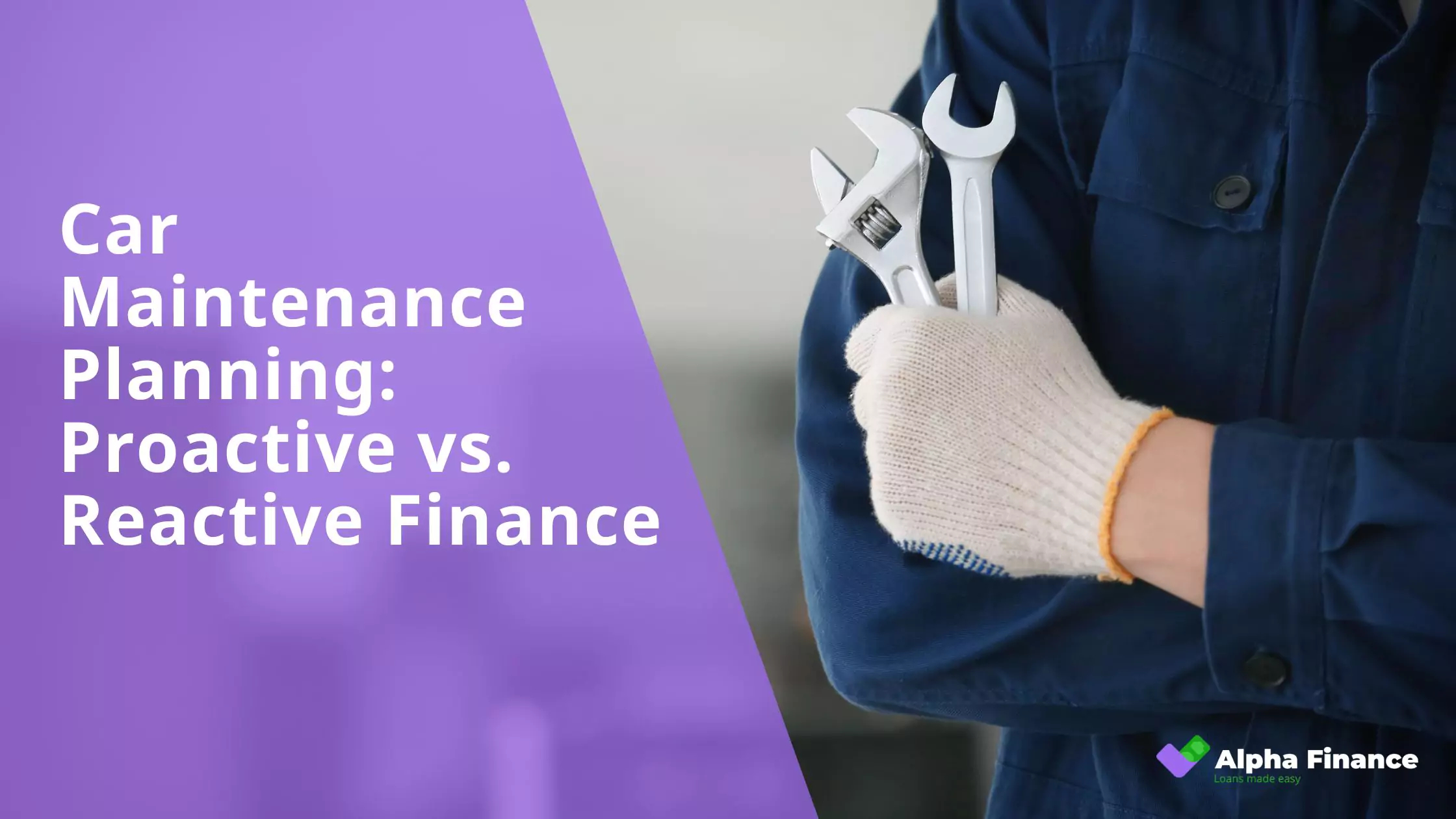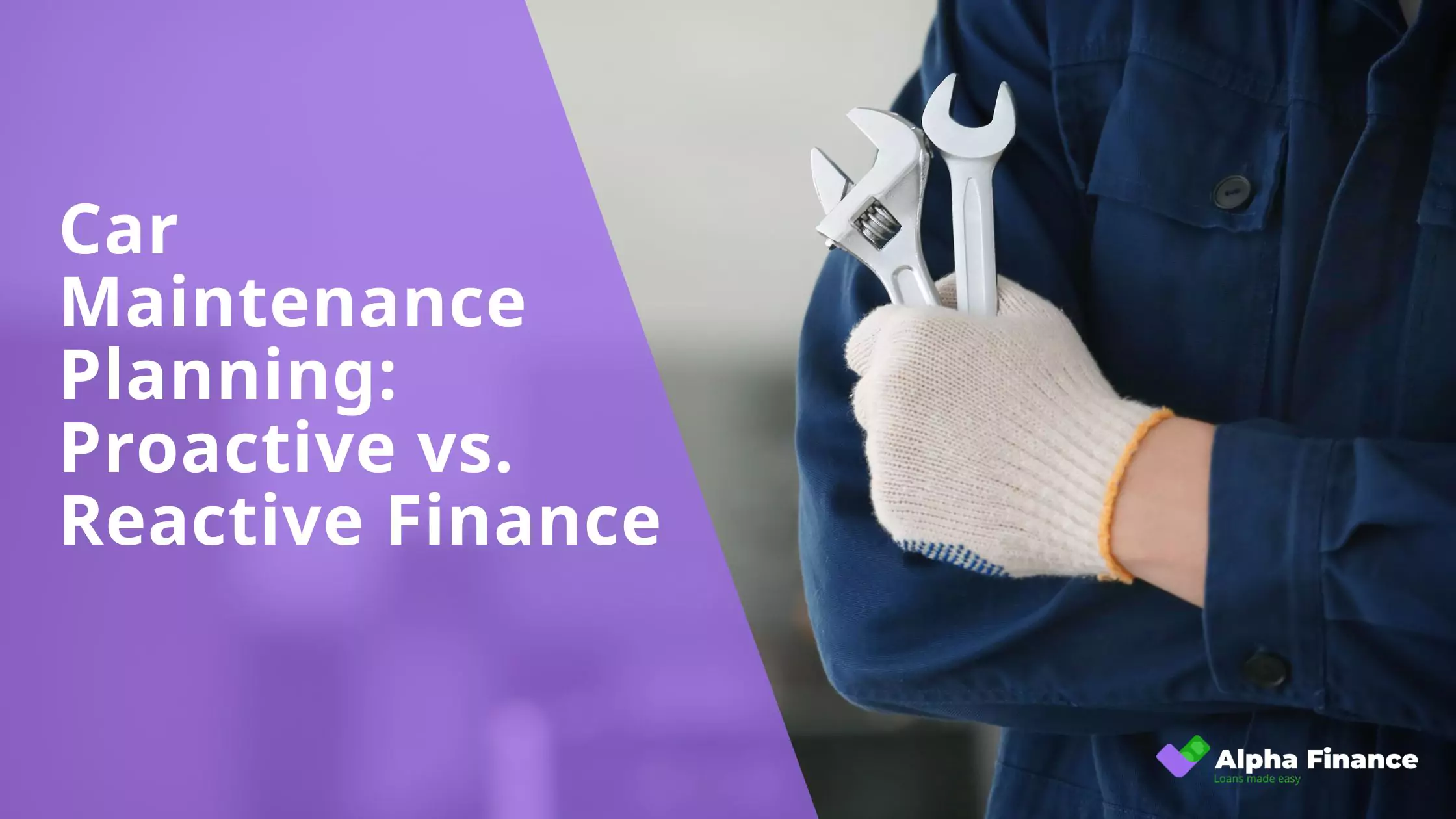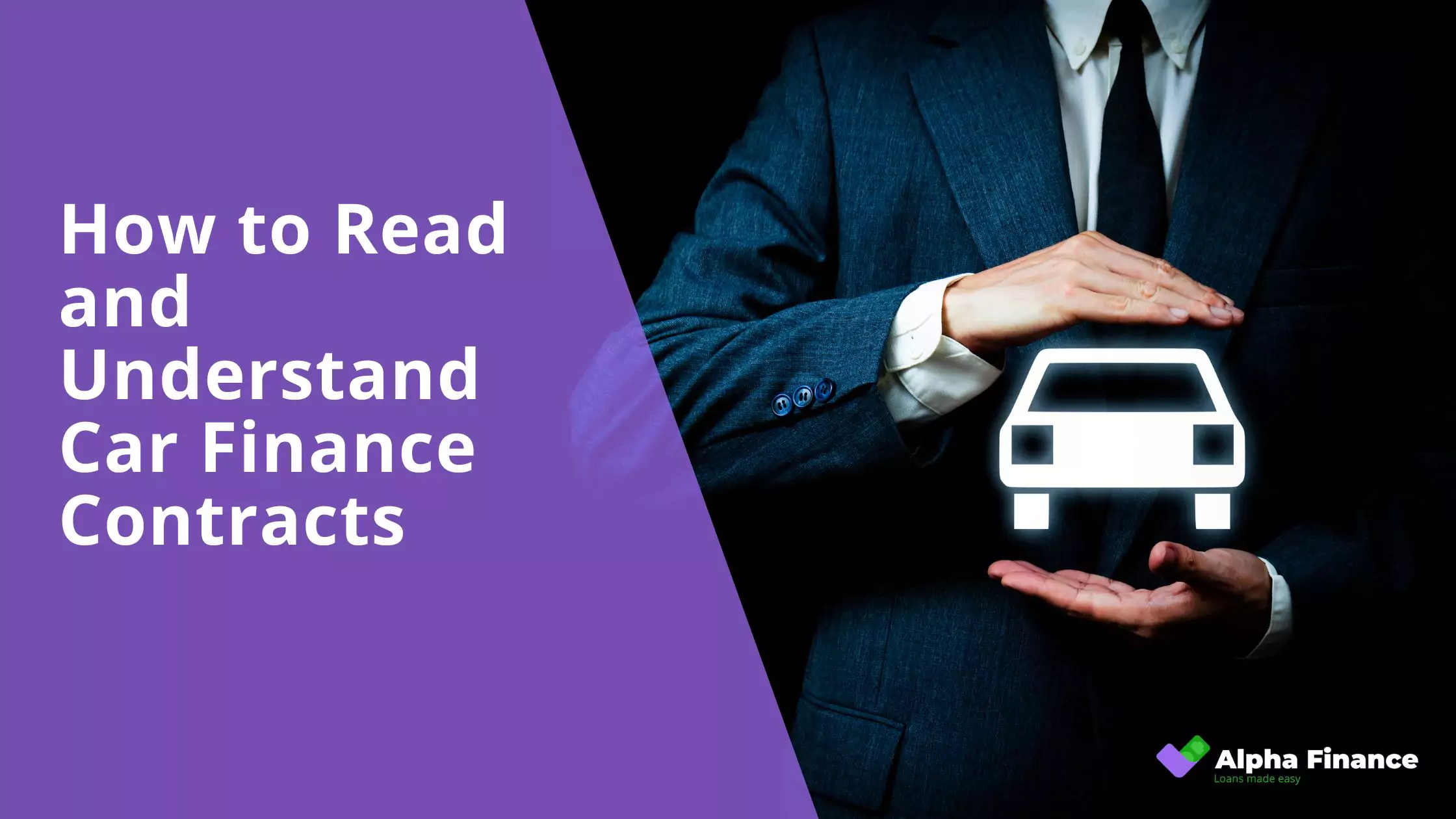For many Australians, owning a car is a cornerstone of daily life, offering convenience and independence. However, the common perception is that car ownership can be a significant drain on finances, primarily due to depreciation and the ongoing costs of registration, insurance, and fuel, thus hindering wealth accumulation. This guide challenges that notion by introducing the idea that with thoughtful and strategic financial planning, it is indeed possible to own a car and still actively work towards achieving your long-term financial goals and building wealth. Our purpose is to provide actionable financial strategies specifically tailored for navigating the costs of car ownership in Australia while keeping you firmly on the path to financial prosperity.
Smart Car Buying: The Foundation of Financial Prudence
Making smart choices during the car buying process is the crucial first step in mitigating its financial impact and aligning it with your wealth-building objectives.
-
The 20/4/10 Rule: Consider adhering to a guideline where you aim for:
- At least 20% Down Payment: This reduces the loan amount and the total interest paid.
- Finance for No More Than 4 Years: A shorter loan term minimises interest and gets you out of debt faster.
- Total Car Expenses Under 10% of Gross Monthly Income: This includes your car loan payment, insurance premiums, and estimated monthly fuel costs. This helps ensure car ownership remains affordable relative to your income.
-
Consider Used Over New: New cars in Australia, like elsewhere, experience their most significant depreciation in the first few years. Opting for a well-maintained used vehicle can offer substantial savings, allowing you to acquire a reliable car at a lower price point and avoid that immediate depreciation hit. Thoroughly inspect any used car and consider a pre-purchase inspection by a trusted mechanic (e.g., through RACV, NRMA, etc.).
-
Buy with Cash When Possible: While it may require patience and discipline, saving up and purchasing a car outright with cash eliminates the burden of interest payments entirely. Over the long term, this can translate to significant financial savings that can be directed towards wealth-building activities like investing in superannuation or property in Australia.
-
Negotiate Savvy Deals: Arm yourself with information before heading to dealerships. Research the fair market value (including local pricing on sites like carsales.com.au or drive.com.au) of the car you’re interested in. Understand any dealer incentives or promotions being offered in Australia. Be confident in negotiating the final price, and don’t be afraid to walk away if you don’t feel you’re getting a fair deal.
-
Factor in Total Cost of Ownership: Look beyond the initial sticker price. In Australia, this includes:
- Insurance Costs: Obtain quotes for comprehensive coverage from various Australian insurers (e.g., RACV, NRMA, AAMI, Allianz).
- Fuel Efficiency: Choose a car with good fuel economy to minimise your recurring fuel expenses, especially given fluctuating petrol prices in Australia. Consider hybrid or electric vehicles for potential long-term savings.
- Potential Maintenance Costs: Research the typical maintenance requirements and costs for the make and model you’re considering. Some brands and models may have higher maintenance costs in Australia.
- Registration Fees: Factor in the annual vehicle registration fees in your state or territory.
-
Right-Sizing Your Vehicle: Be honest about your actual needs. Do you truly require a large SUV, or would a more compact and fuel-efficient hatchback or sedan suffice for your daily commute and typical use in Australian cities and towns? Unnecessary features and larger vehicle sizes often come with higher purchase prices, increased fuel consumption, and potentially higher insurance and registration costs. Choose a car that meets your practical requirements without overspending on unnecessary extras.
Minimising Ongoing Expenses
Once you own a car, the journey of smart financial management continues with effectively controlling the recurring costs associated with it.
-
Budgeting for Car Costs: Create a realistic and detailed budget that encompasses all car-related expenses. This should include:
- Loan Repayments: Your fixed monthly payment.
- Insurance Premiums: Factor in the frequency of your payments (monthly, annually).
- Fuel Costs: Estimate your average monthly fuel consumption based on your driving habits and current fuel prices. Be prepared for fluctuations.
- Registration Fees: Budget annually for your vehicle registration.
- Maintenance: Allocate a specific amount each month for routine servicing (oil changes, tyre rotations) and potential unexpected repairs.
- Toll Fees: If you regularly use toll roads, include this in your budget.
- Parking Fees: If applicable for your work or regular destinations.
- Car Washing and Detailing: Include funds for keeping your car clean, whether DIY or professional.
- Tracking and Review: Regularly track your actual car expenses against your budget to identify areas where you might be overspending and make necessary adjustments.
-
Optimizing Car Insurance: Smart insurance choices can lead to significant savings:
- Compare Quotes Regularly: Don’t just renew your existing policy. Shop around with different Australian insurers at least annually to see if you can get a better rate for comparable coverage.
- Understand Your Coverage Needs: Ensure you have adequate coverage for your situation without being over-insured. Consider factors like the age and value of your car, your driving history, and your risk tolerance when choosing your policy.
- Explore Potential Discounts: Inquire about potential discounts, such as multi-car policies, good driver discounts, low-mileage discounts, or discounts for having certain safety features.
- Increase Your Excess (Carefully): A higher excess (the amount you pay out-of-pocket in case of a claim) can lower your premium, but ensure you can comfortably afford this amount if an incident occurs.
-
Fuel Efficiency Strategies: Reducing your fuel consumption directly saves you money:
- Proper Maintenance: Ensure your car is well-maintained. Keep tyres properly inflated (check the recommended PSI in your owner’s manual or on the driver’s side doorjamb), as underinflated tyres increase fuel consumption. Schedule regular servicing according to the manufacturer’s recommendations.
- Mindful Driving Habits: Adopt smooth acceleration and braking techniques. Avoid rapid starts and stops. Maintain a consistent speed and anticipate traffic flow to avoid unnecessary braking.
- Avoid Excessive Idling: Turn off your engine if you’re going to be stopped for more than a minute or two, as idling burns fuel unnecessarily.
- Route Planning: Plan your trips efficiently to avoid unnecessary detours and traffic congestion. Combine errands into a single trip.
- Reduce Weight: Avoid carrying unnecessary heavy items in your car, as added weight increases fuel consumption.
- Use Cruise Control: On highways, using cruise control can help maintain a consistent speed and improve fuel efficiency.
-
DIY Maintenance (When Appropriate): Learning basic maintenance tasks can save on labour costs:
- Checking Fluid Levels: Regularly check your engine oil, coolant, brake fluid, power steering fluid, and windscreen washer fluid levels and top them up as needed. Consult your owner’s manual for guidance.
- Changing Air Filters: Learn how to replace your engine air filter and cabin air filter. These are relatively simple tasks that can improve engine performance and air quality.
- Replacing Windscreen Wipers: Replacing worn windscreen wipers is a straightforward DIY task that ensures good visibility.
- Checking Tyre Pressure: Invest in a tyre pressure gauge and regularly check and adjust your tyre pressure.
- Caution: Only undertake DIY maintenance if you are comfortable and confident in doing so correctly. Incorrect maintenance can lead to further problems. For complex tasks, always consult a qualified mechanic.
-
Finding Affordable and Reliable Mechanics: Save money on servicing and repairs by researching alternatives to dealership service centres:
- Independent Mechanics: Seek out reputable independent mechanics in your local area. They often have lower overhead costs than dealerships and can provide quality service at more competitive prices.
- Ask for Recommendations: Get recommendations from trusted friends, family, or online reviews.
- Check Certifications: Look for mechanics with relevant certifications and qualifications.
- Get Multiple Quotes: Before committing to major repairs, obtain quotes from several mechanics to ensure you’re getting a fair price.
- Discuss Repairs and Get Estimates: Ensure you understand the work that needs to be done and get a written estimate before any repairs commence.
-
Protecting Your Car to Avoid Costly Repairs: Preventative maintenance is key to long-term cost savings:
- Regular Servicing: Adhere to the manufacturer’s recommended service schedule.
- Address Minor Issues Promptly: Don’t ignore small noises, leaks, or warning lights. Addressing minor problems early can prevent them from escalating into more expensive repairs.
- Careful Driving: Avoid harsh driving habits (e.g., potholes, kerb rash) that can damage your car.
- Protect from the Elements: If possible, park your car in a garage or under a carport to protect it from sun damage and extreme weather.
Leveraging Your Car as an Asset (Carefully Considered Strategies):
Explore these options cautiously, understanding the potential implications:
-
Ride-Sharing or Delivery Services (Side Hustle):
- Potential Income: Using your car for services like Uber, DiDi, or food delivery platforms (e.g., Uber Eats, DoorDash) during your spare time can generate income to offset ownership costs.
- Insurance Implications: Crucially, understand your insurance policy. Standard personal car insurance may not cover commercial use. You may need to obtain specific ride-sharing or delivery driver insurance, which can be more expensive.
- Wear and Tear: Be aware that using your car for these services will likely increase wear and tear, leading to higher maintenance costs and potentially a faster depreciation rate.
- Time Commitment: Consider the time commitment involved and whether it aligns with your lifestyle.
-
Renting Out Your Car (Peer-to-Peer Platforms):
- Potential Income: Platforms like Turo allow you to rent out your car to others when you’re not using it.
- Insurance and Liability: Understand the insurance coverage provided by the platform and your own responsibilities in case of accidents or damage caused by renters.
- Platform Fees: Be aware of the fees charged by the rental platform, which will reduce your earnings.
- Wear and Tear and Cleaning: Factor in potential wear and tear and the need to clean your car between rentals.
- Liability Concerns: Carefully review the terms and conditions of the rental platform regarding liability.
-
Maintaining Resale Value: Taking care of your car will pay off when you eventually sell or trade it in:
- Regular Cleaning: Keep both the interior and exterior of your car clean. Regular washing and waxing protect the paint, while a clean interior makes the car more appealing to potential buyers.
- Timely Maintenance: Keep detailed service records, documenting all routine maintenance and repairs. This demonstrates to potential buyers that the car has been well-cared for.
- Careful Driving: Avoid accidents and drive responsibly to minimise wear and tear on the car’s mechanical components and bodywork.
- Address Minor Repairs Promptly: Fix any small dents, scratches, or interior damage as soon as they occur to prevent them from worsening and affecting the car’s overall condition and value.
- Protect Documentation: Keep all original documents, including the owner’s manual and service book, in good condition.
Strategic Selling and Trading: Maximising Returns
When the time comes to part ways with your current vehicle, a strategic approach can help you maximize your financial returns, whether you’re selling privately or trading it in.
-
Knowing When to Sell/Trade: Several factors can signal that it might be the right time to consider selling or trading your car:
- Increasing Maintenance Costs: If your car is requiring more frequent and expensive repairs, the ongoing costs might outweigh the benefits of keeping it.
- Changing Needs: Your lifestyle or family situation may have changed, requiring a different type of vehicle (e.g., needing a larger car or downsizing).
- Market Conditions: Keep an eye on the used car market. High demand for your vehicle’s make and model could present a good opportunity to sell. Conversely, waiting too long might see its value depreciate further.
- Depreciation Curve: Cars typically depreciate most in their early years. Selling after a certain period might help you recoup a better portion of your initial investment.
- Desire for Upgrade: While not strictly financial, the desire for a newer car with updated features can be a motivator, but weigh this against the financial implications.
-
Researching Your Car’s Value: Before listing your car for sale or heading to a dealership for a trade-in, do your homework to determine its fair market value in the Australian context:
- Online Valuation Tools: Utilize reputable Australian websites like RedBook.com.au or carsales.com.au that offer car valuation tools based on your car’s make, model, year, mileage, and condition.
- Local Market Comparisons: Browse listings for similar vehicles in your local area on platforms like Gumtree or Facebook Marketplace to see what prices private sellers are asking.
- Dealer Trade-In Estimates: Get online trade-in estimates from a few different dealerships to have a baseline figure. Remember that dealer trade-in values are often lower than private sale prices.
-
Preparing Your Car for Sale: Making your car presentable can significantly impact its appeal to buyers and potentially increase the selling price:
- Thorough Cleaning: Clean the interior and exterior meticulously. Vacuum the carpets, clean the upholstery, wash and wax the exterior, and detail the wheels.
- Address Minor Repairs: Fix any small, noticeable issues like minor dents, scratches, faulty lights, or worn wiper blades. These small investments can make a big difference in the buyer’s perception.
- Gather Documentation: Collect all relevant paperwork, including the owner’s manual, service records (demonstrating regular maintenance), and registration papers. Having these readily available builds trust with potential buyers.
- Consider a Roadworthy Certificate (if required in your state): In some Australian states, you’ll need a roadworthy certificate before you can sell your car. Obtain this beforehand to streamline the selling process.
-
Exploring Different Selling Options: Weigh the pros and cons of each option:
- Private Sale:
- Pros: Potential for a higher selling price as you’re selling directly to the buyer without a dealer markup.
- Cons: More time and effort involved in advertising, handling inquiries, arranging inspections, and negotiating the price. You’re also responsible for the paperwork.
- Trading In at a Dealership:
- Pros: Convenient and quick. You can often use the trade-in value to reduce the price of your new car. Less hassle with advertising and dealing with individual buyers.
- Cons: Typically receive a lower price compared to a private sale, as the dealer needs to factor in resale costs and profit.
- Private Sale:
-
Negotiating Effectively When Selling or Trading: Aim for the best possible price:
- Know Your Bottom Line: Determine the absolute minimum price you’re willing to accept before you start negotiating.
- Be Realistic: Price your car competitively based on your research. Overpricing can deter potential buyers.
- Highlight Your Car’s Strengths: Emphasize its well-maintained condition, service history, and any desirable features.
- Be Prepared to Negotiate: Expect buyers to try and negotiate the price down. Be polite but firm, and be prepared to justify your asking price.
- Don’t Be Afraid to Walk Away: If you’re not happy with the offer, be prepared to decline and wait for a better one, especially in a private sale. When trading in, compare the trade-in offer with the price of the new car and consider selling privately if the difference is significant.
Integrating Car Ownership into Your Broader Financial Plan:
Car ownership should be viewed within the context of your overall financial goals:
-
Prioritizing Financial Goals: Remind yourself of your primary wealth-building objectives, such as investing for retirement, saving for a home deposit, or building an emergency fund. Ensure that your car ownership costs don’t disproportionately hinder your progress towards these more significant financial milestones. Sometimes, a less expensive car or delaying an upgrade can free up substantial funds for your priorities.
-
Automating Savings and Investments: Set up automatic transfers from your bank account to your savings and investment accounts. This “pay yourself first” strategy ensures that your progress towards your financial goals continues consistently, regardless of your car-related expenses. Automating these transfers helps prevent discretionary spending on car-related items from derailing your long-term plans.
-
Regularly Reviewing Your Car Expenses: Periodically (e.g., annually) assess your total car-related spending (loan, insurance, fuel, maintenance, registration). Identify any areas where you might be able to cut costs, such as switching to a cheaper insurance provider, improving your fuel efficiency, or finding a more affordable mechanic. Small savings over time can add up significantly.
-
Considering Alternatives to Car Ownership (Where Feasible): In certain circumstances, exploring alternatives to owning a car entirely can be a significant wealth-building strategy:
- Public Transportation: If you live in an area with efficient and reliable public transport (trains, buses, trams), consider using it for your daily commute and other travel.
- Cycling or Walking: For shorter distances, cycling or walking are not only environmentally friendly and healthy but also completely eliminate car ownership costs.
- Car-Sharing Services: Services like GoGet or Car Next Door allow you to rent cars by the hour or day, providing access to a vehicle when you need it without the ongoing expenses of ownership. Carefully evaluate the costs and convenience of these services compared to owning a car based on your individual needs and usage patterns in Australia.
Conclusion
Owning a car in Australia, while often perceived as a financial burden, doesn’t have to be an insurmountable obstacle to building wealth. By adopting a mindful and proactive approach, you can navigate the costs effectively and align your car ownership with your long-term financial success. This guide has outlined key strategies, from making smart purchasing decisions by adhering to guidelines like the adapted 20/4/10 rule and considering used vehicles, to diligently managing ongoing expenses through budgeting, insurance optimization, and fuel efficiency. Furthermore, understanding when and how to strategically sell or trade your vehicle can help maximize returns. By integrating these principles into your broader financial plan, you can drive with intention, ensuring your car serves your needs without derailing your journey towards financial prosperity.
Trusted Car Finance in Australia: Alpha Finance
Navigating the complexities of car finance is a crucial aspect of smart car ownership and wealth building. At Alpha Finance, we are committed to providing Australians with transparent, tailored, and competitive car loan solutions. Our experienced team can guide you through the financing process, helping you understand loan terms, secure favourable interest rates, and structure your car loan in a way that aligns with your budget and long-term financial goals. Partner with Alpha Finance to make informed decisions that empower your journey towards both reliable transportation and a secure financial future – contact us today to explore your car finance options in Australia.




